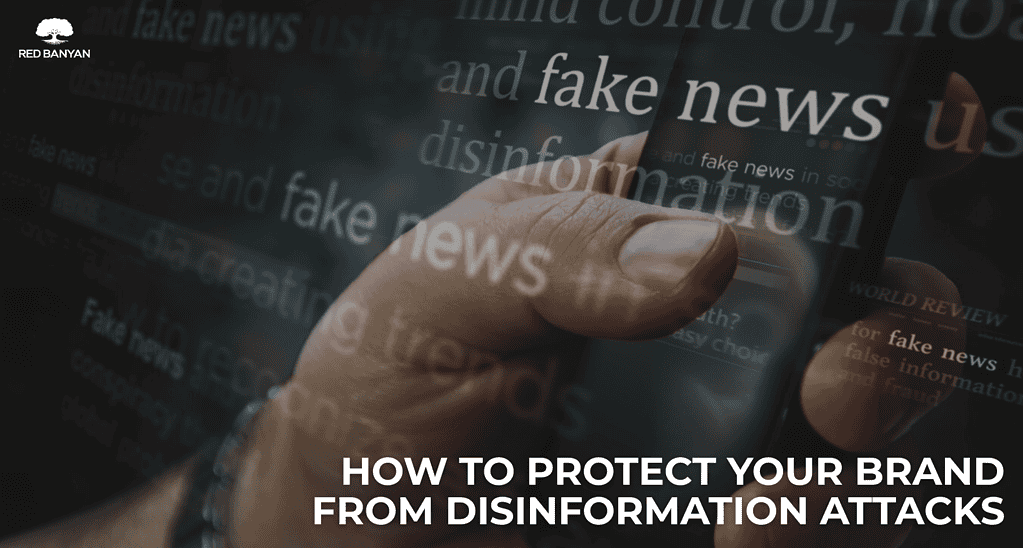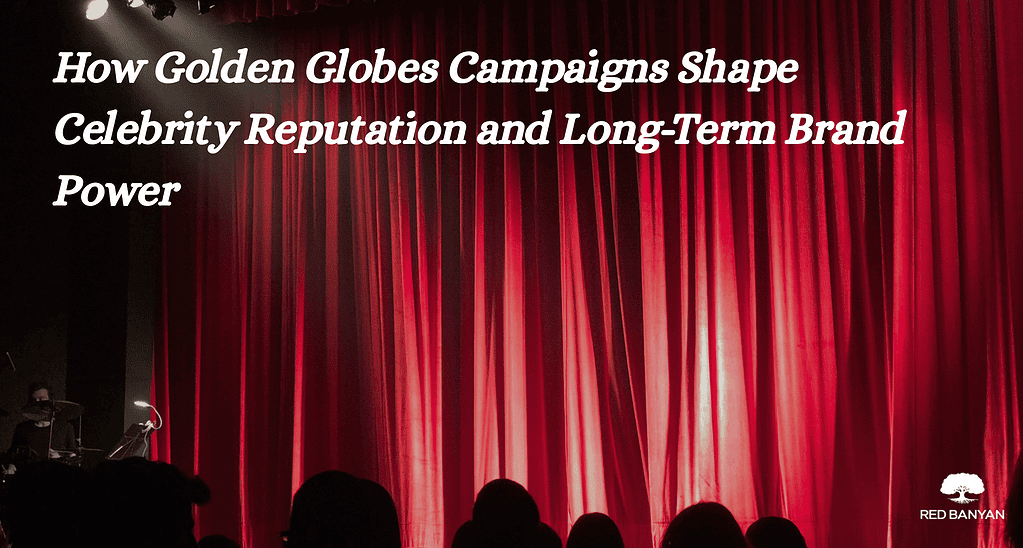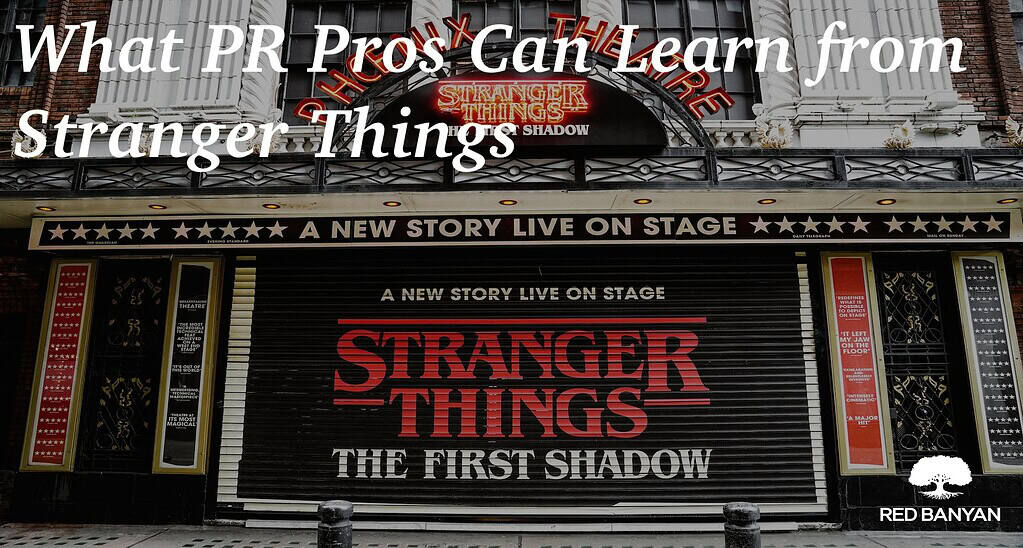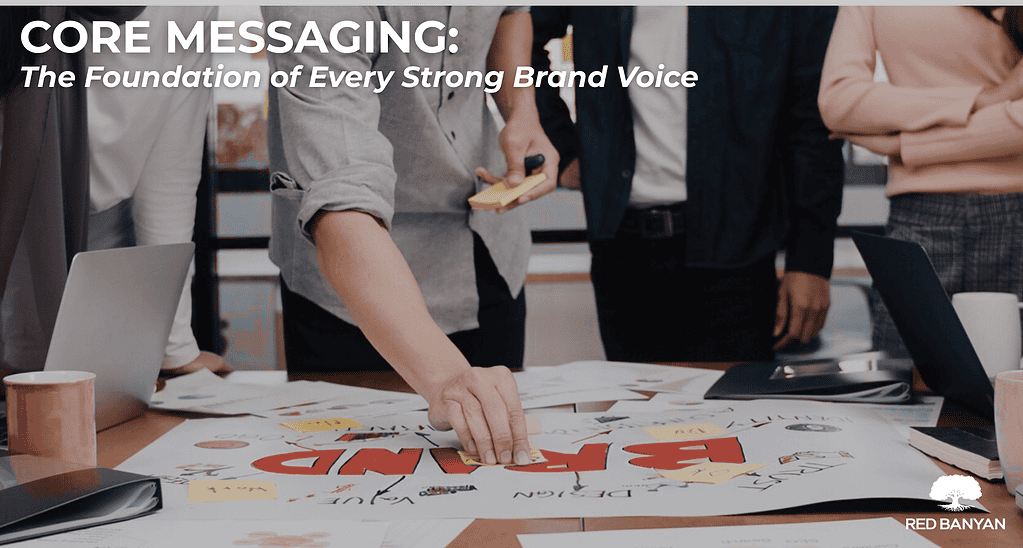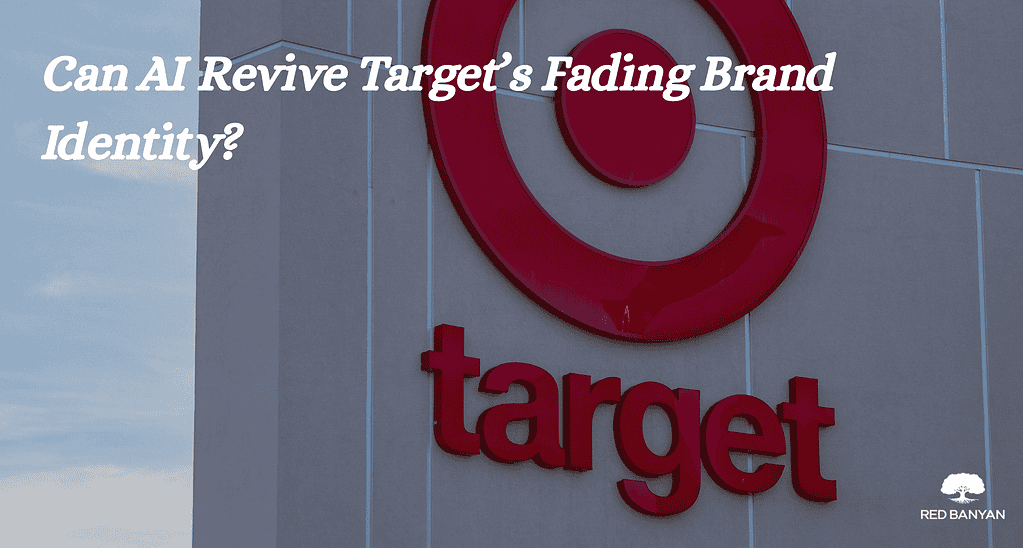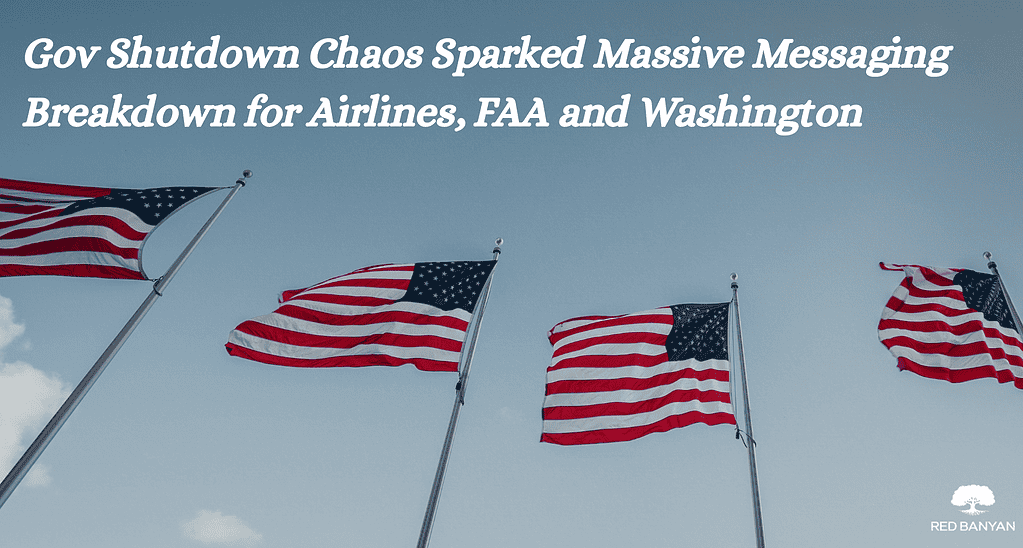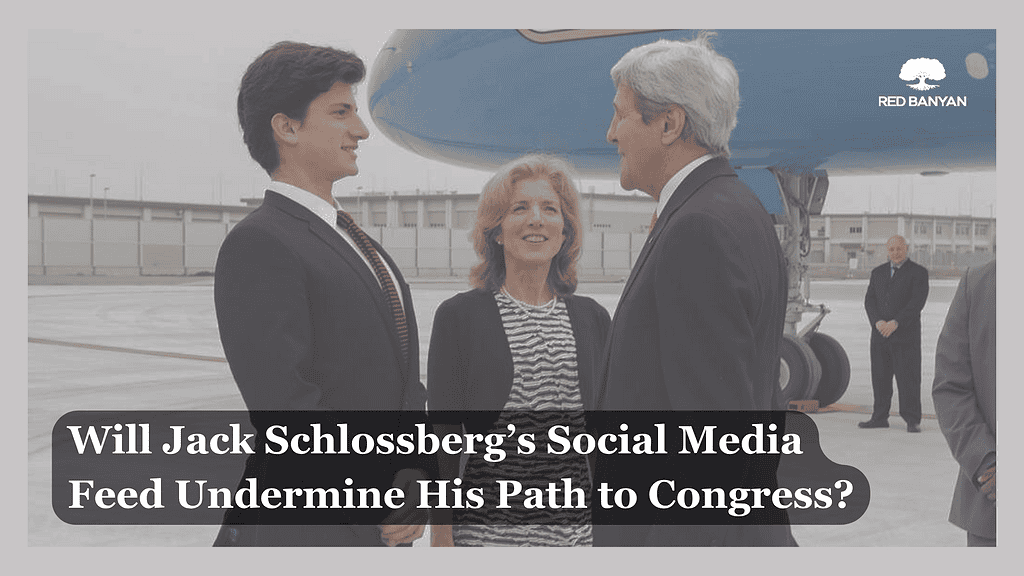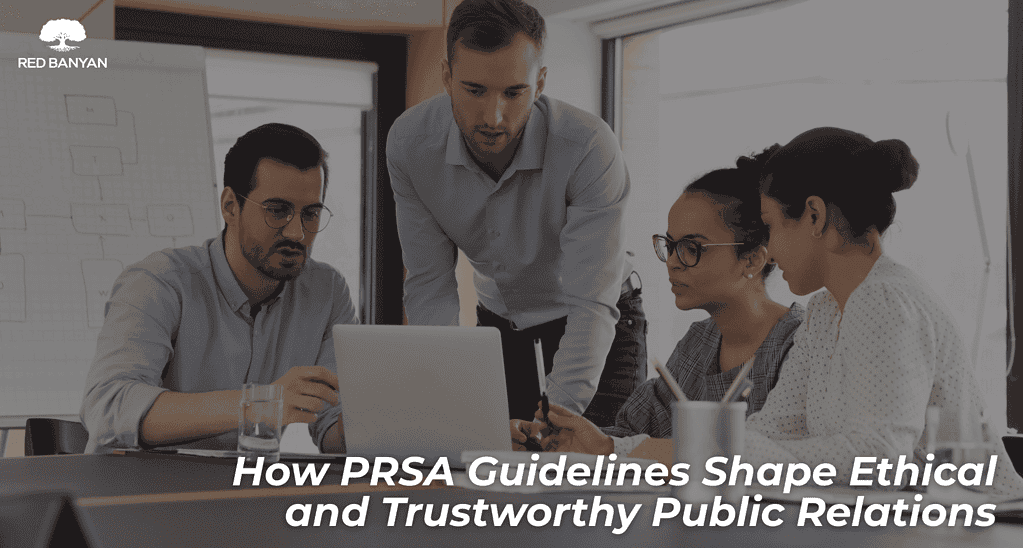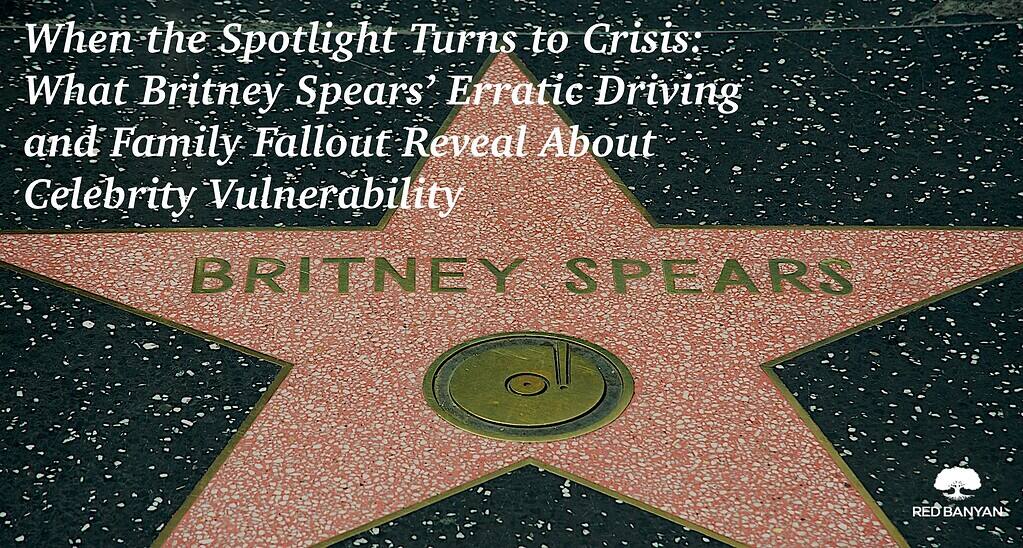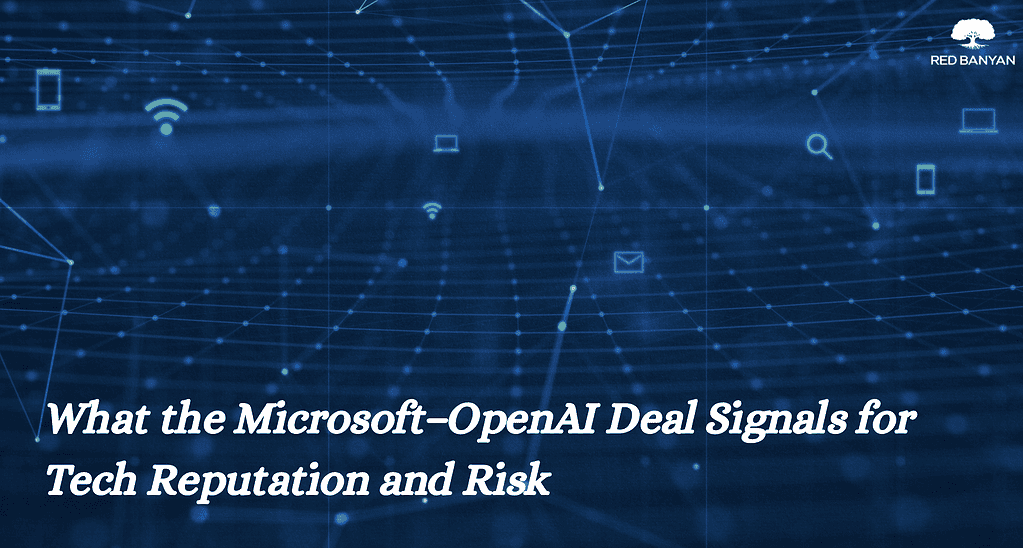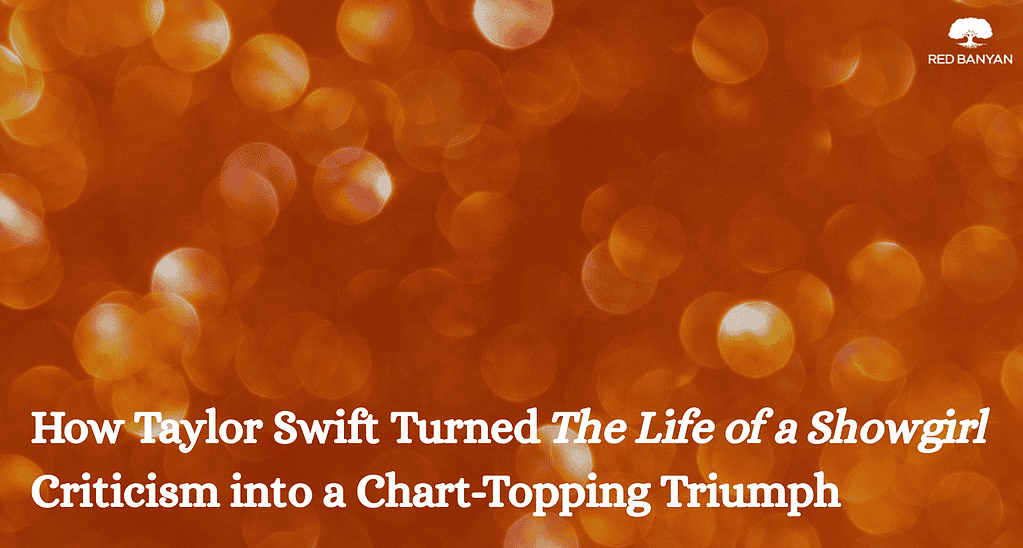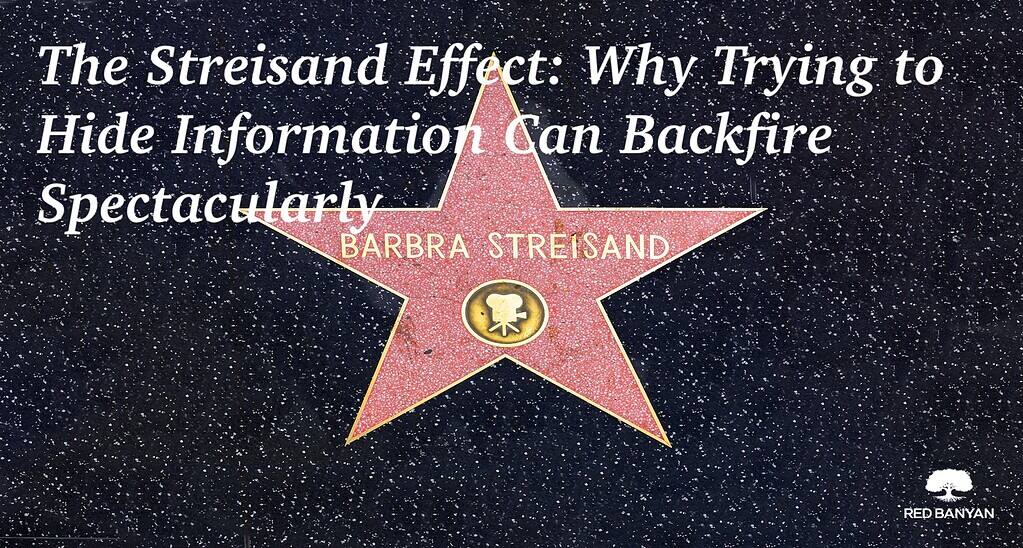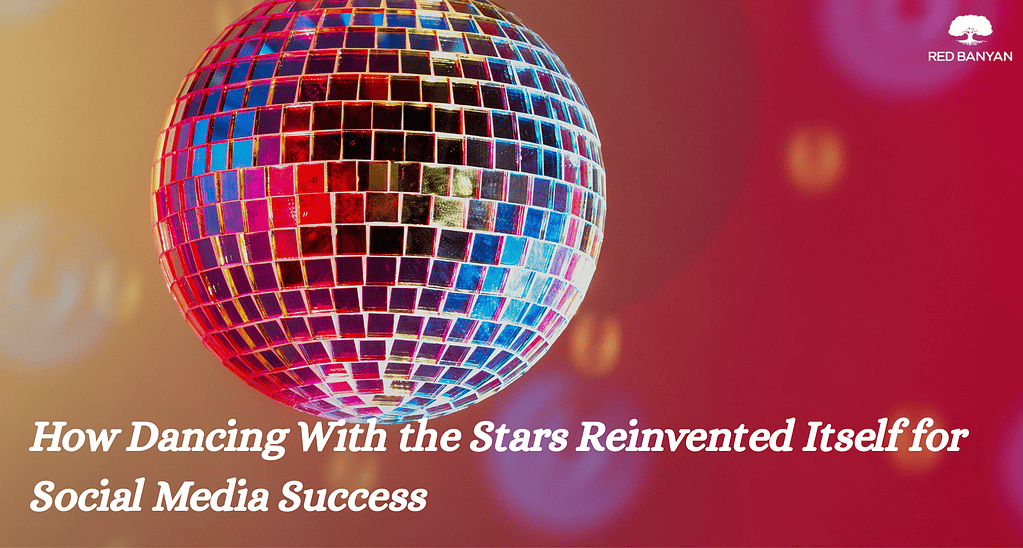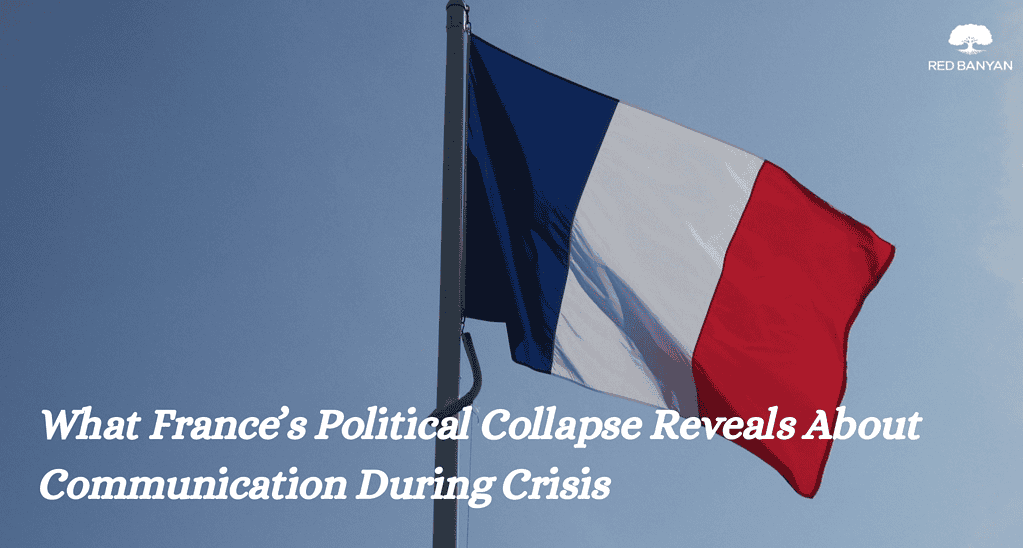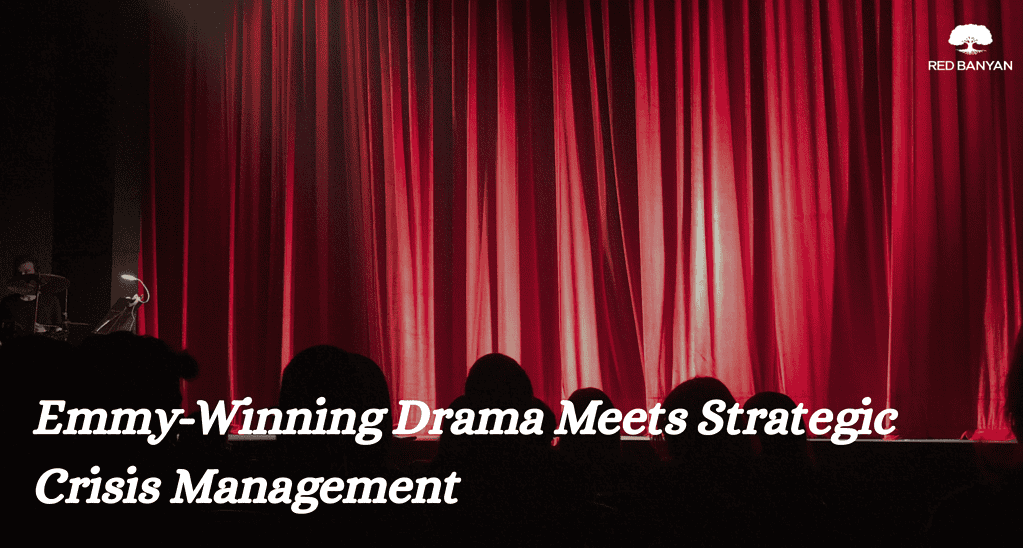Today, information spreads faster than ever, and so does disinformation. A single false claim can quickly spiral out of control, damaging a brand’s reputation within hours. Businesses, influencers, and even prominent individuals are increasingly vulnerable to disinformation attacks that exploit our interconnected world. These attacks are not merely inconvenient—they can be catastrophic, causing financial losses, legal complications, and irreparable harm to a brand’s image. The question is: how can you protect your brand from these threats before it’s too late?
Quick Links:
Understanding the Enemy: Misinformation vs. Disinformation
The Digital Age: A Breeding Ground for Disinformation
Taking Control of the Narrative
Responding Quickly and Decisively
The Long-Term Benefits of Crisis Communication Experts
Building a Future-Proof Brand Reputation
FAQ: How to Protect Your Brand from Disinformation Attacks
Understanding the Enemy: Misinformation vs. Disinformation
It’s crucial to distinguish between misinformation and disinformation. Misinformation refers to false information shared without intent to deceive, such as a harmless mistake. Disinformation, on the other hand, is a deliberate attempt to mislead, often orchestrated to harm a target. Both can wreak havoc on a brand’s reputation, but disinformation’s calculated nature makes it particularly dangerous.
Consider the infamous case of Lisa Alexander, a skincare CEO whose company collapsed under the weight of a disinformation-fueled backlash. A misrepresented video falsely accused her of racism, leading to doxing, death threats, and financial ruin. Years later, her reputation still bore the scars of manipulated narratives designed for sensationalism. While the public narrative slowly shifted, her experience serves as a cautionary tale of how unchecked disinformation can destroy a brand.
The Digital Age: A Breeding Ground for Disinformation
Social media platforms, with their algorithms favoring sensational content, act as accelerants for disinformation. A single tweet, post, or video can garner millions of views before the truth even begins to surface. Compounding the issue is the anonymity of the internet, allowing trolls and malicious actors to spread false narratives with minimal accountability.
For instance, Red Banyan acted swiftly to gather evidence and craft a fact-based narrative to counter false accusations against a client, who was falsely implicated in a viral video during a minor altercation. The video, along with fabricated accusations, described them as a “violent racist,” igniting a mob on social media. Despite having no interaction with the video’s narrative, trolls shared their personal information online, leading to death threats, job loss, and relocation. The accusations were baseless but had lasting impacts on their personal and professional life. This incident underscores the necessity for swift, strategic responses to counter disinformation before it inflicts permanent damage.
Taking Control of the Narrative
To safeguard against disinformation, proactive measures are non-negotiable. Brands must understand that their reputation extends far beyond their product or service—it’s a reflection of trust. Protecting this trust requires vigilance and a strategy to combat misinformation and disinformation effectively.
Start by monitoring online mentions of your brand. Tools like Google Alerts, Talkwalker, Brandwatch, and Meltwater enable businesses to stay informed about potential threats. When Red Banyan identified disinformation about a client, they swiftly worked with media outlets to share the truth, focusing on correcting misinformation while safeguarding the client’s privacy. Our team collaborated with online platforms to remove defamatory content and mitigate the impacts of doxing and harassment. Additionally, Red Banyan implemented a comprehensive strategy to restore the client’s reputation and provided guidance to navigate both the immediate crisis and its long-term repercussions effectively.
Transparency also plays a pivotal role. A carefully crafted response that acknowledges concerns while presenting verified facts can disarm disinformation campaigns. Red Banyan’s work with Lisa Alexander included a public apology that clarified misperceptions while maintaining sincerity—a balance that restored some public trust in the face of a smear campaign.
Our team also engaged with media outlets, providing critical context to counter the exaggerated claims that fueled public outrage. In April, Lisa appeared on an episode of Dr. Phil, where she clarified that the incident was a “misunderstanding between neighbors.” The team’s efforts extended to long-term support, including rebuilding her professional reputation and addressing safety concerns, ensuring a pathway to full recovery from the crisis.
Responding Quickly and Decisively
Speed is critical in addressing disinformation. The longer false narratives circulate unchallenged, the harder it becomes to correct them. Develop a crisis communication strategy in advance, including choosing the right spokespeople, preparing messaging templates and a clear escalation process.
When under attack, avoid engaging with trolls or amplifying disinformation by sharing it further. Instead, focus on credible channels to disseminate your side of the story. Partnering with media outlets, collaborating with social platforms to remove harmful content, and directly addressing stakeholders can mitigate the spread of misleading information.
The Long-Term Benefits of Crisis Communication Experts
Navigating disinformation attacks requires expertise. Crisis communication experts, like Red Banyan, bring invaluable experience to the table, offering comprehensive strategies to address both immediate threats and long-term reputation repair. Their proven methodologies include engaging with media to set the record straight, rebuilding trust through transparent communication, and mitigating future risks with robust brand protection plans.
Partnering with professionals not only shields your brand from false narratives but also equips you to emerge stronger. With a resilient reputation, your brand can weather challenges while maintaining trust with customers and stakeholders.
Building a Future-Proof Brand Reputation
Businesses that prioritize reputation management as part of their crisis strategy are better equipped to thrive in this environment. By proactively managing online narratives, responding swiftly to crises, and partnering with crisis communication experts, you can protect your brand from smear campaigns and ensure its long-term success.
Red Banyan specializes in strategic communications, crisis management, and online reputation repair. If your company doesn’t yet have a trusted PR partner, contact us today to learn how we can help you safeguard your brand’s future.
FAQ: How to Protect Your Brand from Disinformation Attacks
- How do I spot early signs of a disinformation attack?
Look for sudden spikes in negative mentions, unusual social media activity, or trending hashtags tied to your brand. Use monitoring tools and set alerts for unusual sentiment changes or keyword patterns.
- What should I do first if I discover false claims about my brand online?
Document the content (screenshots, links, timestamps), assess the source, and escalate internally. Avoid emotional responses—focus on gathering facts and preparing an evidence-based rebuttal.
- Can legal action stop disinformation campaigns?
Yes, in some cases. If the attack involves defamation, copyright infringement, or impersonation, consult a lawyer. Sending takedown requests or pursuing legal remedies can complement your communication strategy.
- Should I engage directly with people spreading disinformation?
No. Direct engagement often fuels the spread. Instead, issue clear corrections through official channels and work with platforms to report or remove harmful content.
- How can small businesses protect themselves without a big PR budget?
Leverage affordable monitoring tools like Google Alerts, create a clear crisis plan, and train your team on how to respond. Partnering with a crisis communication consultant for tailored guidance can also be cost-effective.
- How long does it take to repair a reputation after a disinformation attack?
It depends on the severity. Minor incidents may resolve in weeks, but large-scale attacks can take months or years. Consistency in transparent communication and rebuilding trust is key to long-term recovery.
- What role do employees play in preventing disinformation?
Employees are brand ambassadors. Train them to recognize suspicious content, avoid sharing unverified claims, and report potential threats quickly. Encourage consistent, positive messaging online.
- Can disinformation attacks be prevented entirely?
Not entirely. However, preparation reduces impact. A mix of monitoring, proactive communication, cybersecurity practices, and a crisis playbook makes your brand more resilient.
- How do I measure if my disinformation response worked?
Track changes in sentiment analysis, media coverage, audience trust metrics, and customer feedback. If misinformation is being corrected or no longer trending, your strategy is working.
- What industries are most at risk of disinformation attacks?
High-profile industries like healthcare, finance, politics, and consumer brands are frequent targets. However, any business—large or small—can be vulnerable to coordinated attacks.

